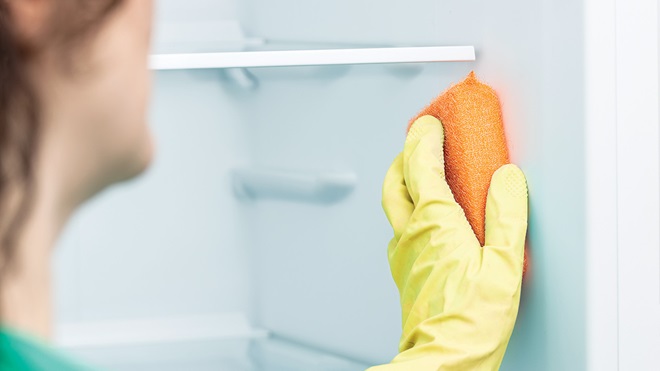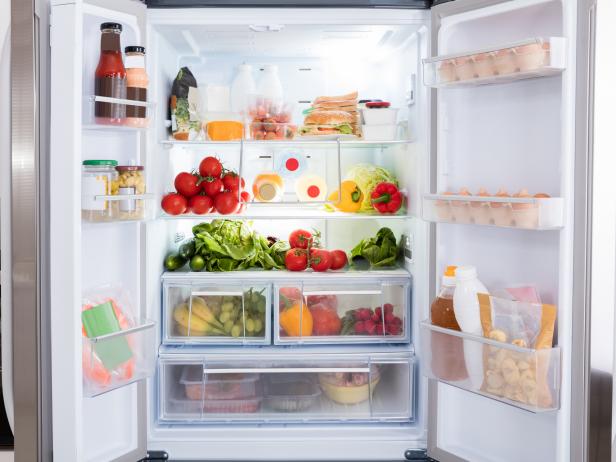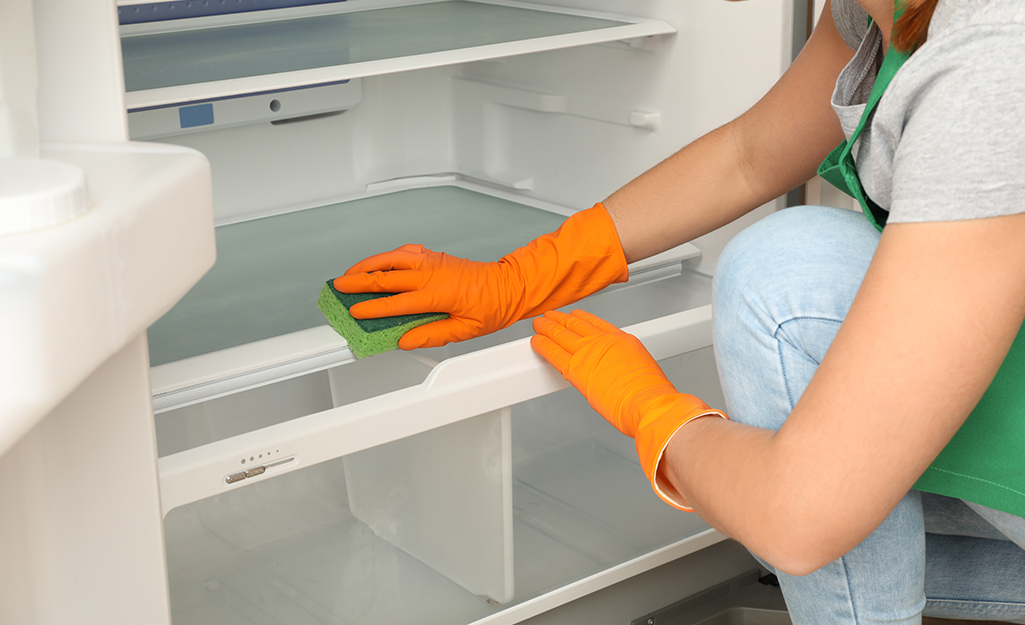The recent severe epidemic in Hong Kong has caused employers and maids to stay home. There must be a lot of food massed up in the refrigerator.

The refrigerator should be neat and cleaned regularly, otherwise it will become a breeding ground for bacteria at any time. "Listeria" is a refrigerator bacteria that can survive for a year at minus 20 degrees Celsius. These bacteria are colorless and odorless, making it difficult to detect, and the pathogenic bacteria can still grow and multiply in refrigerators and vacuum packaging, causing gastroenteritis.

1. Vegetables storaged directly
The humidity in the refrigerator is low, which will evaporate the water and make the leaves go bad. Each vegetable should be wrapped in newspaper and in a container or in a plastic bag.
2. The meat is repeatedly thawed
If refrigerated meat is kept at room temperature or high temperature for a long time, bacteria will multiply, and refreezing will not kill bacteria. It is recommended that refrigerated meat and seafood should be divided into appropriate sizes before freezing, and only the required portion should be taken out each time.
3. Put food in the refrigerator without sealing
If food is not sealed and put in the refrigerator, it will accelerate the rate of oxidation and deterioration, resulting in cross-contamination. Before putting opened food in the refrigerator, be sure to seal it and eat it as soon as possible.
4. High temperature food
This will cause the temperature inside the refrigerator to rise rapidly and create a damp environment that allows bacteria to grow. Let the food cool down as much as possible before putting it in the refrigerator to avoid the breeding of bacteria.
5. Put the original dish of leftovers back in the refrigerator
It is easy to make the refrigerator produce peculiar smell. It should be put into a crisper with a lid or plastic wrap, and it should be sealed before putting it in.
Sunlight Employment Agency recommends that Indonesian and Filipino maids clean the refrigerator regularly, at least once a month, and check the expiration date and condition of all food.

Step 1: Empty the refrigerator
Unplug everything after removing everything from the refrigerator.
Step 2: Surface Cleaning
Wipe the refrigerator with a damp cloth. If there is oil on the surface, you can gently scrub with detergent and water, and then wipe off the detergent with clean water. For the small cracks on the side of the refrigerator door that are difficult to wipe directly, you can use a toothbrush or other tools to assist in cleaning.
Step 3: Laminate Cleaning
Use kitchen paper, moistened with warm water, and apply to the stain, or use vinegar and water to clean refrigerator shelf stains. Also, consider using baking soda and salt to add water. Afterwards, wipe it slowly with a cleaning sponge.
Step 4: Clean the liner
Make vinegar water in a 1:5 ratio and spray it inside the refrigerator with a watering can. Then close the door, wait quietly for 30 minutes, and finally wipe it off with a damp cloth.
Step 5: Clean the ventilation grille
Usually located on the back of the refrigerator. Use a vacuum cleaner or toothbrush instead of a damp cloth to avoid rusting.
Helpers often need to clean the refrigerator, but generally they only clean the particularly dirty places. Sunlight Employment Agency hopes that this article will benefit helpers to clean refrigerators in a more effective way.
